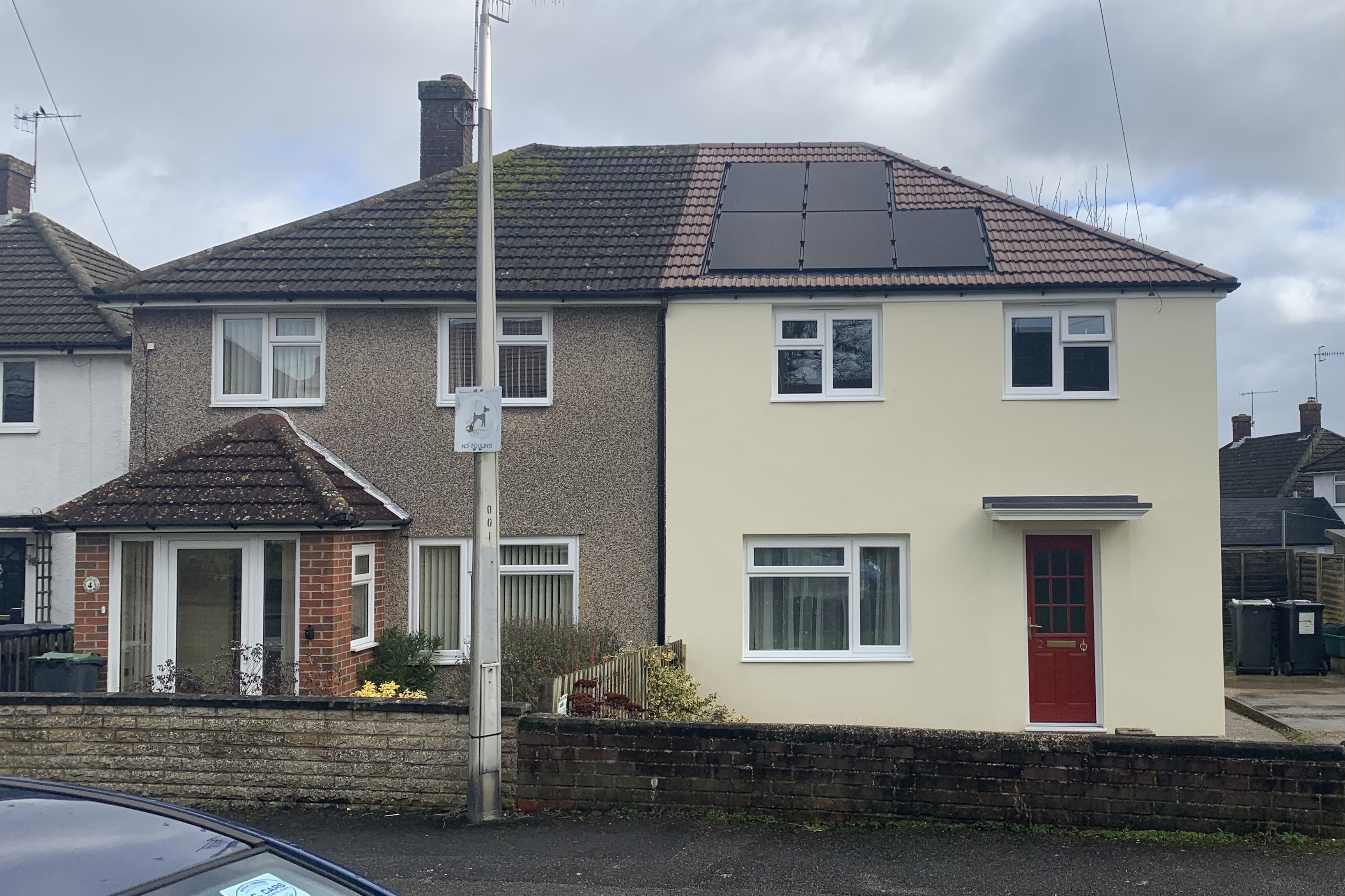Bridging research and practice during secondment at Clarion
Posted on 08-04-2022
One of the main objectives of transdisciplinary research is the collaboration between academics and practitioners in trying to solve societal issues. This approach is particularly welcome in the field of fuel poverty[1], as the key role of housing associations generally remains overlooked while a significant share of their tenants cannot afford domestic energy services. In addition, the body of scholarship on fuel poverty measurement has grown rapidly, but its use in practice has hardly been addressed (Bouzarovski, Thomson, & Cornelis, 2021). During my secondment at the research department of Clarion, the UK’s biggest housing association, I have tried to explore and combat these mismatches.
Ever since Brenda Boardman (1991) wrote her famous work on fuel poverty, the UK has been at the forefront of the policy agenda (Middlemiss, 2017). It also has the longest tradition of relevant research with almost a third of scientific publications up to date authored by UK scholars (Xiao, Wu, Wang, & Mei, 2021). In my view, this knowledge advantage is also reflected by the fact that professionals in all walks of the organisation were fully acquainted with the term and Clarion’s predecessor Affinity Sutton had already developed its first ‘fuel poverty vulnerability indicator’ back in 2013. Together with my peers, I examined whether and, if so, how the vulnerability indicator could be aligned and adapted to the latest scientific findings, recent regulatory changes, and daily operations.
Encouraged by my supervisor Dr Elanor Warwick, I started my secondment reaching out to as many new colleagues as possible. This resulted in dozens of very engaging informal conversations that helped me a lot, not only in my investigation for Clarion, but certainly also in my wider academic exploration. I believe these practical insights will steer my research trajectory to a more impactful course. Field visits to Wisbech and Tonbridge, where Clarion’s whole house retrofits are co-financed by the Social Housing Decarbonisation Fund Demonstrator, introduced me to day-to-day operations on the ground. The measures consisted of applying triple glazing, external wall and loft insulation, as well as environmentally friendly technologies such as air source heat pumps, solar panels and centralised mechanical ventilation. Besides reduction of carbon emissions, the upgrade will save tenants between £300 and £500 on fuel bills each year (savings will be much higher with the current price peaks).
After six weeks of informal interviews with professionals about the targeting of retrofits, practical barriers in home improvement and energy advice for tenants, I felt that I reached a satisfactory degree of saturation. Gradually it had become clearer that although the vulnerability indicator was very holistic, methodologically innovative, and had provided valuable insights into the fuel poverty experienced by tenants in 2013, its use in practice was limited. In my view, there are various possible explanations for this, amongst which the following: 1.) the used formula was not exactly intuitive and understandable for the end-user, which could have impeded take-up; 2.) heavy weighting of some variables was difficult to justify due to data quality concerns; 3.) low-scale results (preferably building block level) were not easily accessible.
To improve interpretability across the organisation, I suggested to differentiate the vulnerability indicator into two different ones: one easy-to-understand binary indicator based on income and energy efficiency and thus aligned with the LILEE indicator of the Department of BEIS (2022), and one more holistic scale indicator that would also take into account socio-demographic and health characteristics. The results of the binary indicator would be suitable for monitoring and external reporting but could also inform retrofit decision-making, especially when bidding for public funding schemes. On the other hand, the scale indicator promised be an appropriate tool to flag specific households for interventions from the energy guidance team and neighbourhood response officers or for extended support during retrofit works.
To enhance reliability, I recommended the research team to include an indicative proxy question on fuel poverty in the next annual survey. During my secondment I conducted statistical analyses on data from the last conducted survey, and found that the question “How easy do you find it to keep your home at a comfortable temperature?” came closest. However, a more unequivocal alternative would be the question asked to respondents all across Europe by Eurostat (2021): “Can you afford to heat your home?” This way, the response relates directly to affordability, and cannot be interpreted differently (like the user-friendliness of the thermostat). While surveyed responses in the context of fuel poverty remain culturally biased (Thomson, Bouzarovski, & Snell, 2017), comparing the results from both indicators with the perception among those tenants would increase their validity. Together with other qualitative techniques this would also advance the understanding of lived experiences of tenants in fuel poverty.
To conclude, I think the secondment component is one of the greatest things about MSCA-ITNs, because they smoothly blend research and practice together. My future research direction has altered for the better because of my experiences at Clarion, and at the same time I have been able to share academic insights early on in my doctoral programme. Therefore, I am delighted to keep working with Clarion on these topics in the coming months and years, as I will be assisting the team in drafting an updated fuel poverty strategy and will return to London later this year for a comparative focus group study.
[1] Since the term ‘fuel poverty’ is common in the UK, I prefer to use it in this context. Across mainland Europe the term ‘energy poverty’ is increasingly used.
References
BEIS. (2022). Methodology handbook LILEE with projection. Retrieved from https://www.gov.uk/government/publications/fuel-poverty-statistics-methodology-handbook
Boardman, B. (1991). Fuel Poverty: From Cold Homes to Affordable Warmth. London: Pinter Pub Limited.
Bouzarovski, S., Thomson, H., & Cornelis, M. (2021). Confronting Energy Poverty in Europe: A Research and Policy Agenda. Energies, 14(4). doi:10.3390/en14040858
Eurostat. (2021). Can you afford to heat your home? [Press release]. Retrieved from https://ec.europa.eu/eurostat/en/web/products-eurostat-news/-/ddn-20210106-1
Middlemiss, L. (2017). A critical analysis of the new politics of fuel poverty in England. Critical Social Policy, 37(3), 425-443. doi:doi.org/10.1177/0261018316674851C
Thomson, H., Bouzarovski, S., & Snell, C. (2017). Rethinking the measurement of energy poverty in Europe: A critical analysis of indicators and data. Indoor Built Environ, 26(7), 879-901. doi:10.1177/1420326X17699260
Xiao, Y., Wu, H., Wang, G., & Mei, H. (2021). Mapping the Worldwide Trends on Energy Poverty Research: A Bibliometric Analysis (1999-2019). Int J Environ Res Public Health, 18(4). doi:10.3390/ijerph18041764



)